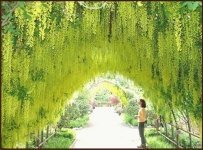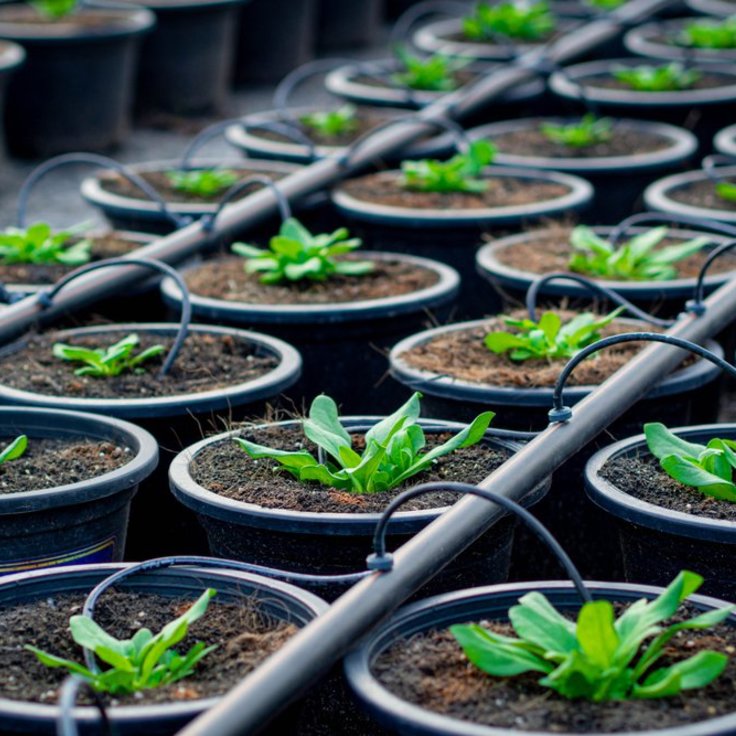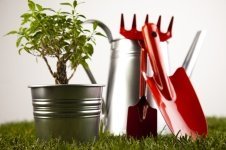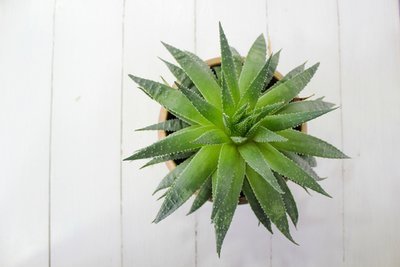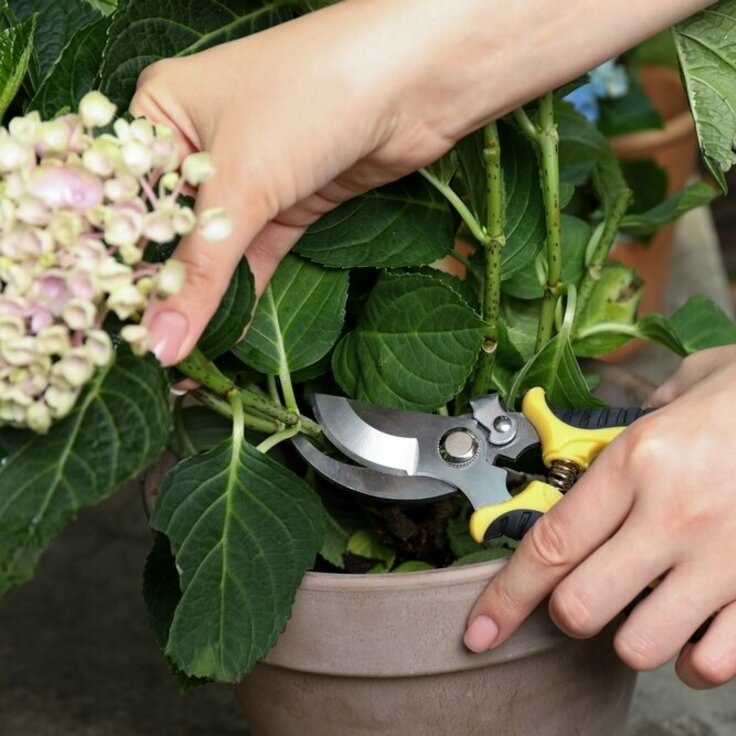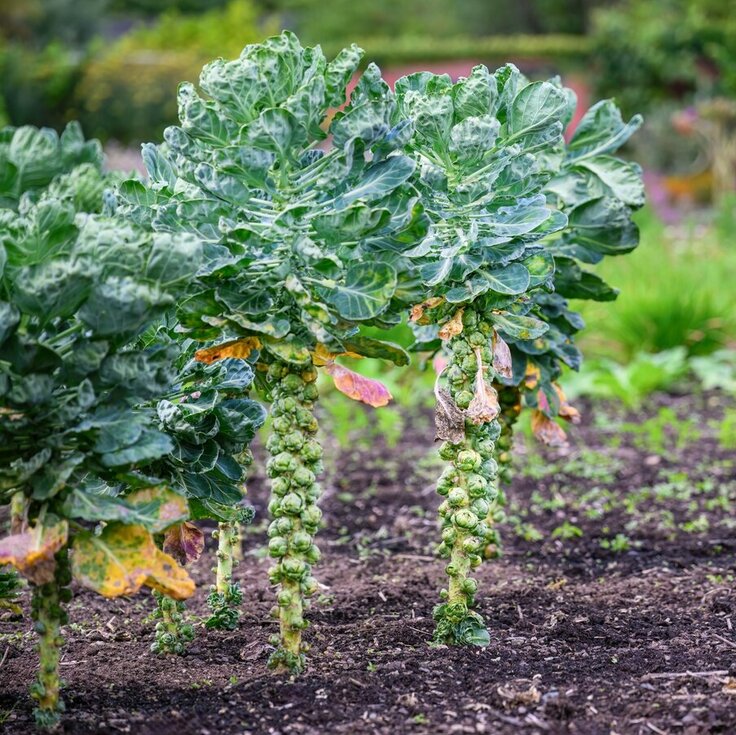Effective Strategies for Safe Wasp Nest Removal
Encountering a wasp nest on your property can be quite alarming. These nests, often built in hidden or hard-to-reach places, can pose a significant risk, especially if you or your family members have allergies to stings. A wasp nest is typically constructed from paper-like material that wasps create by chewing wood fibres mixed with their saliva. Knowing where these nests are most commonly found can help in planning an effective wasp nest removal strategy.
Signs of a Wasp Infestation
Before attempting any wasp nest removal, it’s crucial to identify whether you have an infestation. Watch for increased wasp activity around your home, particularly in late summer and early autumn when wasps are more aggressive. If you notice wasps frequently entering and exiting a particular spot, it’s a strong indicator that a nest may be located there. Additionally, if you spot a visible nest, take note of its size and location, as this will influence your approach to removing it.
Preparing for Safe Wasp Nest Removal
Safety is paramount when dealing with wasp nest removal. It’s advisable to wear protective clothing such as long sleeves, gloves, and a hat to shield yourself from potential stings. Ensure you have the appropriate tools and insecticides if you plan to tackle the job yourself. In many cases, it’s best to approach the task during the evening or early morning when wasps are less active and more likely to be inside the nest, reducing the risk of stings.
DIY Methods for Wasp Nest Removal
For those who prefer a DIY approach, several methods can be effective in removing a wasp nest. One common technique involves using a wasp-killing spray, which should be applied directly to the nest entrance. Ensure you follow the instructions on the product label closely. Alternatively, a mixture of water and dish soap can sometimes be used to suffocate the wasps, though this method may require repeated applications. Always exercise caution and avoid disturbing the nest excessively, as this can provoke the wasps.
When to Seek Professional Help
In some cases, DIY methods may not be sufficient or safe, especially with large or hard-to-reach nests. If you are unsure about handling the situation yourself or if the nest is located in a particularly dangerous area, it is wise to consult a professional pest control service. Experts in wasp nest removal have the experience and equipment necessary to handle the job safely and effectively, minimising the risk to you and your property.
By following these guidelines, you can address wasp infestations in a safe and informed manner. Whether you choose to tackle the problem yourself or seek professional assistance, proper preparation and understanding are key to successful wasp nest removal.

